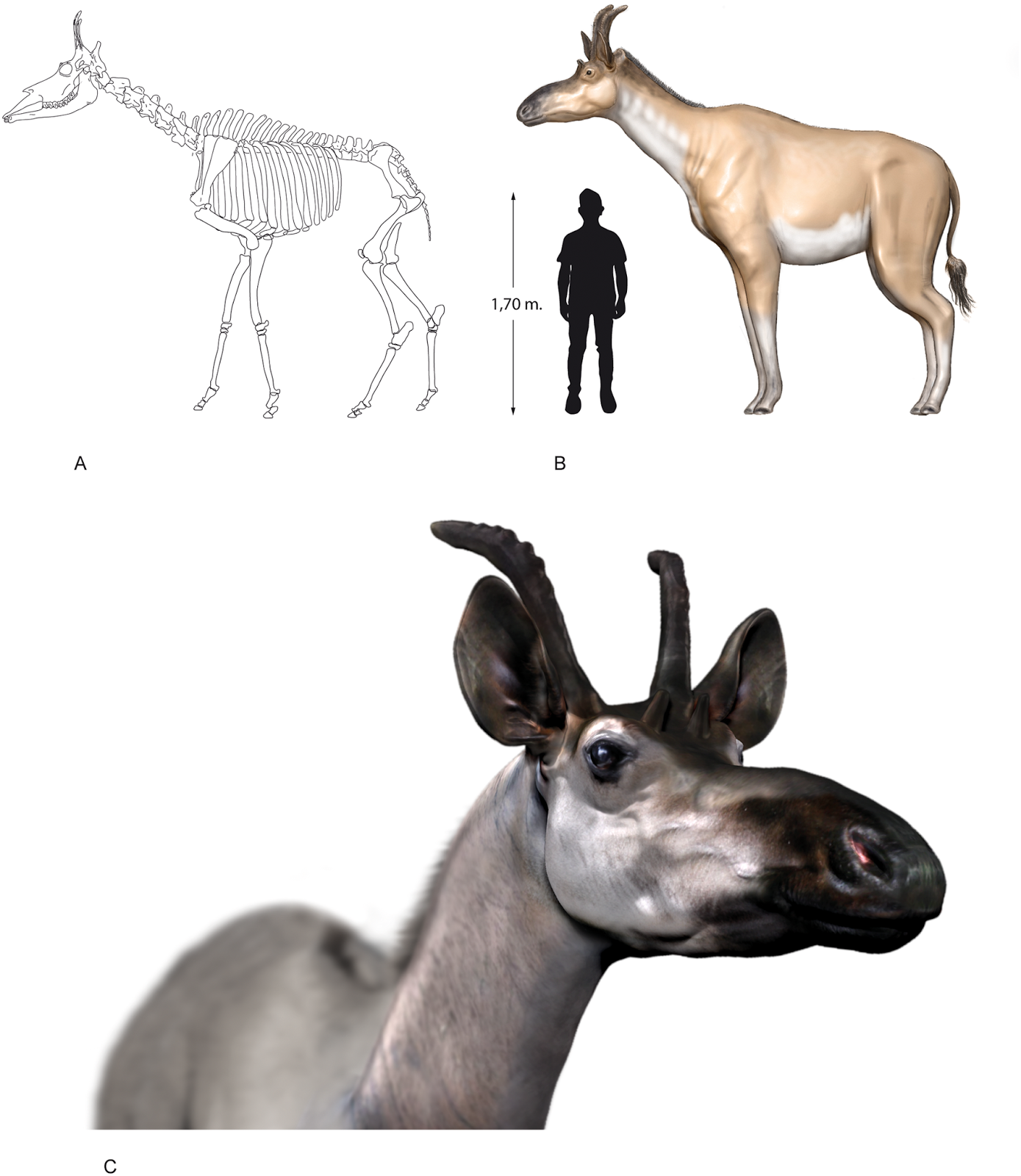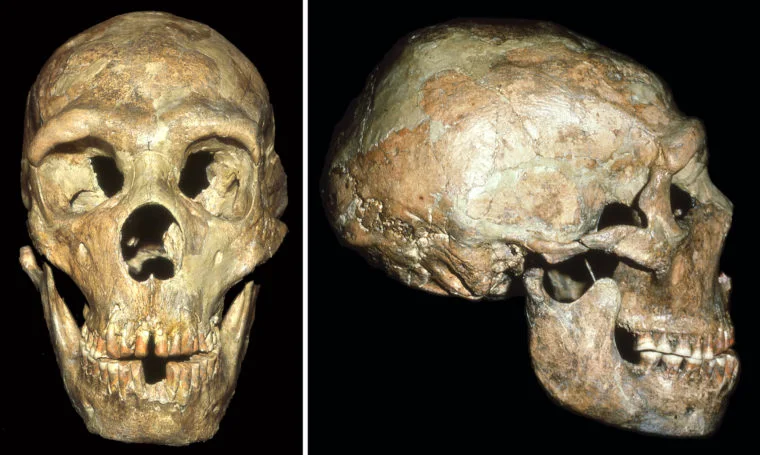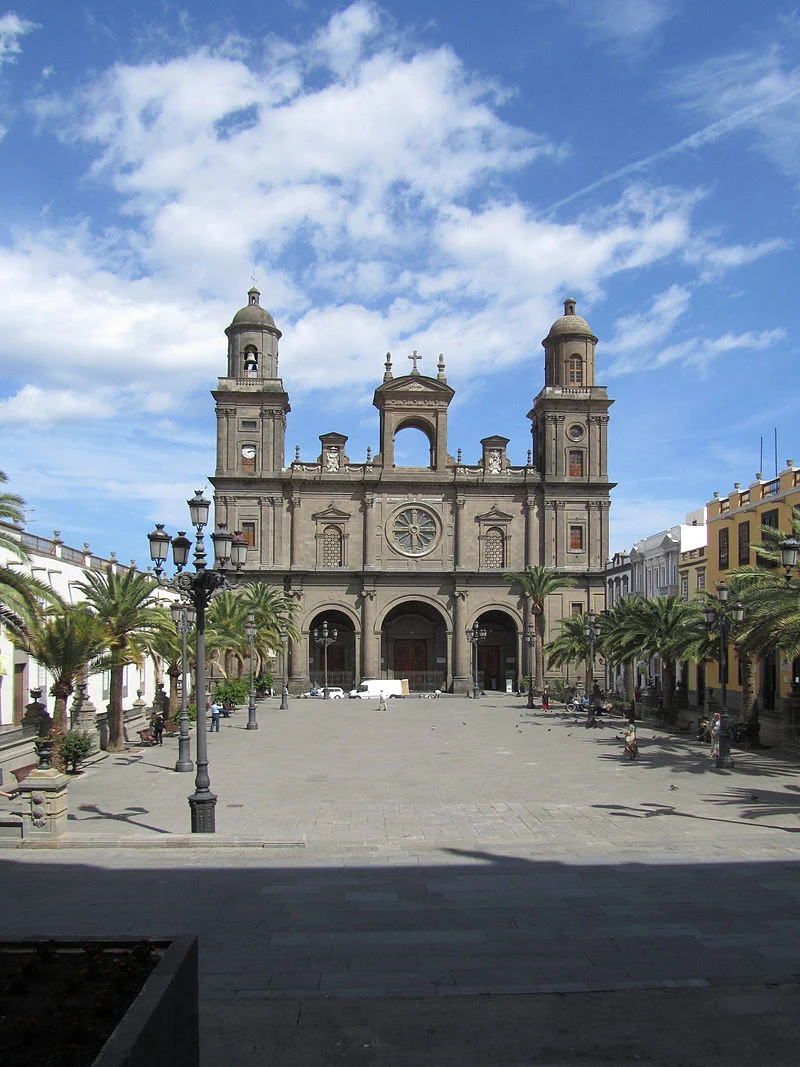 |
| The core of an old volcano, Gran Canaria |
The great thing about going to somewhere different is that you see different things - if you look.
We've just got back from a little over a week in the Spanish Canary Island, Gran Canaria, just off the coast of West Africa. Yes, it's where the Canary finch comes from but, apart from a brief glimpse that might have been one and a couple in a cage, we never saw any. In fact, we saw very few birds. A few buzzards, a couple of kestrels, some egrets and herons and quite a lot of gulls, but nothing to get excited about and no new species to cross off my list!
This is mostly because Gran Ganaria is hot and arid and, being volcanic, has very little soil for anything much other than cacti and other succulents to grow in. There are pine woods on the higher places but still not a lot of wild life.
And this means that a great deal of the underlying geology is, well, not really underlying so much as overlying and exposed. It's black volcanic tuffa, pumice, basalt and towering columns of extinct volcanic core with the core eroded to expose the solidified magma as in the photograph on the right.
This, of course, if only they would look at it, is a problem for creationists because there is no way to explain the geology of Gran Canaria in terms of the product of a recent global flood or of volcanic activity in just a few thousand years since one. It is, quite simply, as close as science comes to proof that there never was a recent global flood and the Earth is actually very old. Although, on the accepted scientific understanding of the age of Earth, the Canary Islands are comparatively young - i.e., just a few tens of millions of years old.












































